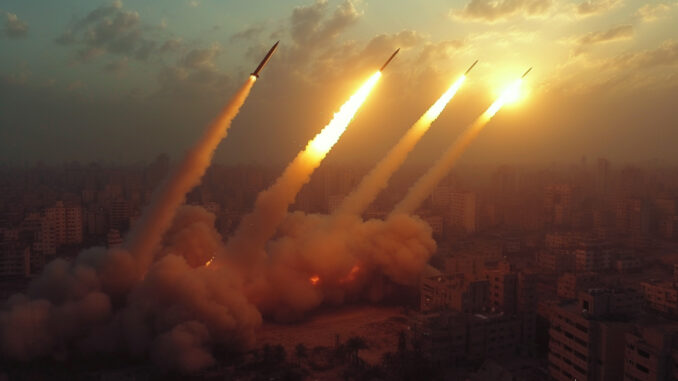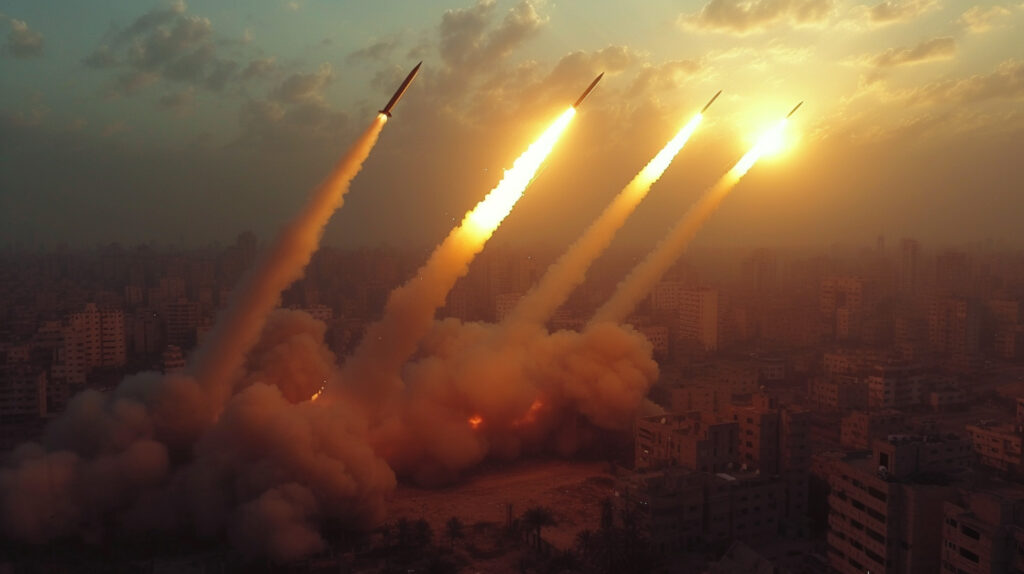
The United States will deploy Tomahawk and hypersonic missile units in Germany from 2026 to strengthen Europe’s integrated defence.
The United States has announced the deployment of long-range missile units in Germany from 2026. This deployment will include Tomahawk missiles, SM-6 missiles and hypersonic weapons currently under development. This initiative is designed to strengthen Europe’s integrated deterrent capability and demonstrates the US commitment to NATO. The new capabilities will be integrated into the US Army’s Multi-Domain Task Force (MDTF), which is already based in Germany.
At the NATO summit in Washington, D.C., the US and German governments announced that the US will begin deploying long-range weapons units to Germany in 2026. This includes Tomahawk missiles, SM-6 missiles and hypersonic weapons. This article looks in detail at this initiative, its implications for European defence and the technological capabilities of the weapons systems involved.
Deployment details
The deployment of long-range firing units in Germany, scheduled for 2026, is part of the US Army’s wider strategy to strengthen its Multi-Domain Task Forces (MDTF). These units are designed to operate in all domains: land, air, sea, space and cyber. The MDTFs will incorporate long-range precision fire capabilities, demonstrating the US commitment to European security and NATO’s integrated deterrence.
Tomahawk and SM-6 missiles
Tomahawk and SM-6 missiles are an essential part of this new capability. The Tomahawk, with a range of over 1,600 km, is capable of striking land targets with great precision. The SM-6, meanwhile, offers advanced anti-aircraft and anti-ship capabilities, with a range of more than 370 km. These systems offer considerable operational flexibility, capable of responding to a variety of threats.

Development of hypersonic weapons
Hypersonic weapons represent a significant technological advance. Capable of exceeding Mach 5 (approximately 6,174 km/h), they offer unprecedented speed and manoeuvrability, making defence against these weapons extremely difficult. The US military has encountered challenges in developing these systems, including flight test failures, but plans to overcome these obstacles and begin deploying these weapons by 2025.
Strategic consequences of deployment
The deployment of these systems in Germany has several strategic implications:
- Strengthening European defence: By placing long-range firing systems in Europe, the United States is significantly increasing NATO’s rapid reaction capability in the face of potential threats, particularly from Russia.
- Enhanced deterrence : The presence of advanced missiles such as Tomahawks and SM-6s in Germany sends a strong message to potential adversaries, underlining NATO’s ability to effectively defend its members.
- US-German partnership: This initiative strengthens the strategic partnership between the United States and Germany, demonstrating close cooperation in defence and security.
Multi-Domain Task Force (MDTF)
MDTFs are at the heart of the new US military strategy. These units are designed to integrate advanced capabilities in all areas of modern warfare. In Europe, the 2nd MDTF, based in Germany from 2021, will play a crucial role in implementing these new capabilities. MDTFs combine long-range precision fire, electronic warfare, air and missile defence capabilities, offering a flexible, multidimensional response to threats.
Challenges and future prospects
The development and deployment of these new capabilities presents a number of challenges:
- Technological development : The development of hypersonic weapons has been marked by test failures, delaying their deployment. However, the US Army continues to invest in these technologies to overcome these obstacles.
- Costs : The cost of advanced weapons systems such as Tomahawk missiles and hypersonic weapons is high. For example, hypersonic missiles cost several billion dollars to develop.
- Training and integration : Integrating these new capabilities into existing forces requires extensive training of personnel and adaptation of command structures.
The deployment of Tomahawk missiles, SM-6s and hypersonic weapons in Germany from 2026 marks an important step in American and European defence strategy. By strengthening NATO’s long-range capabilities, the United States is demonstrating its commitment to collective security and integrated deterrence. Although challenges remain, particularly in terms of technological development and costs, this initiative represents a significant step forward in NATO’s preparedness to respond to modern threats.
War Wings Daily is an independant magazine.